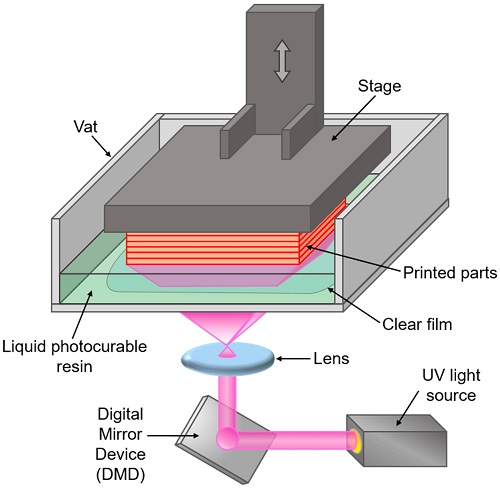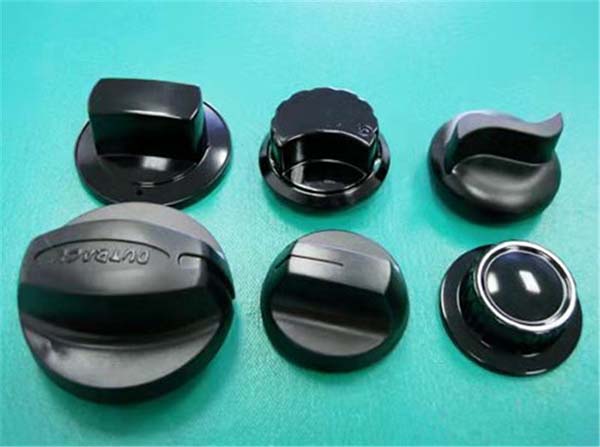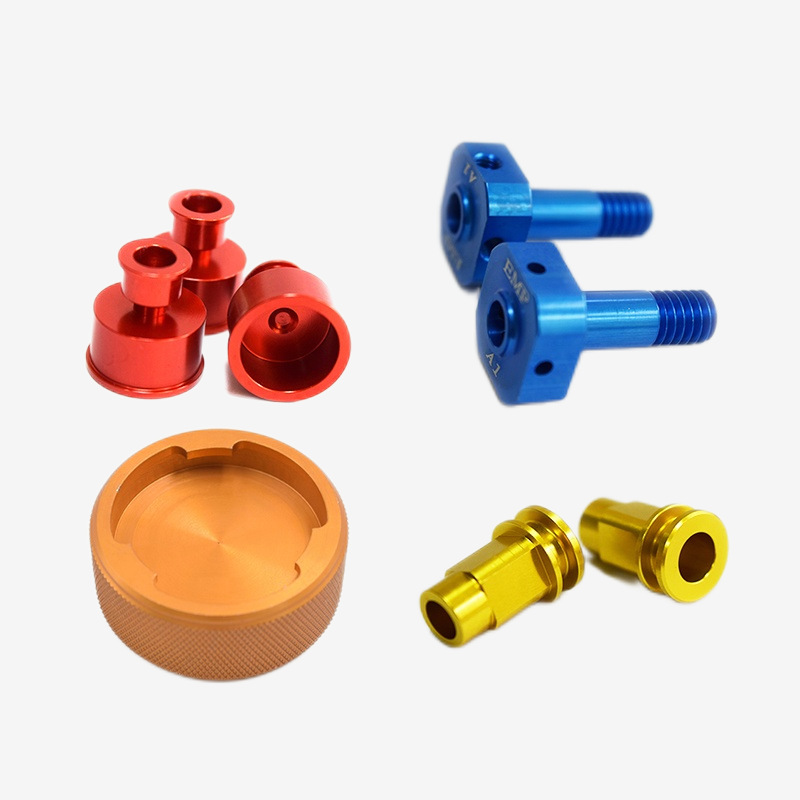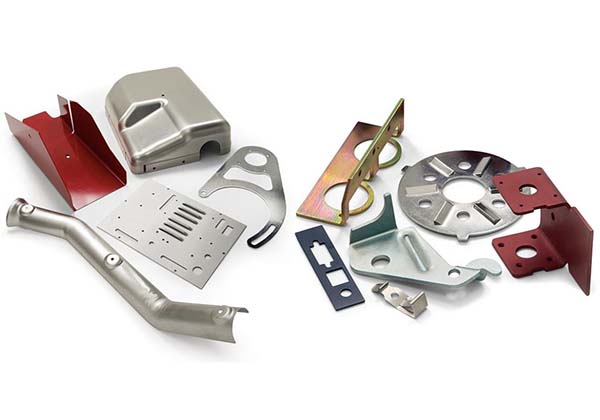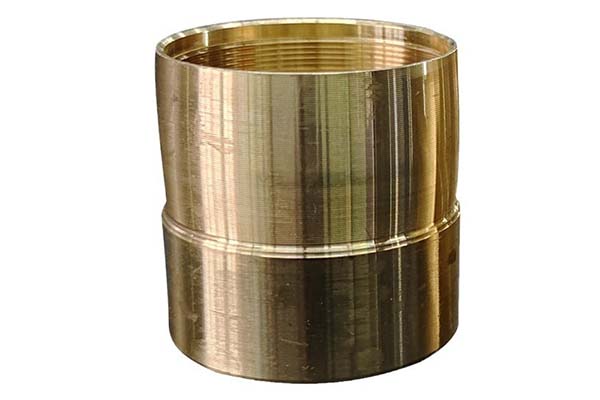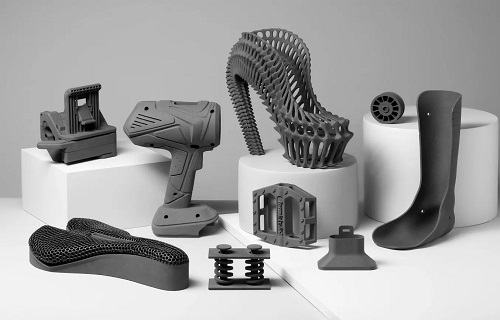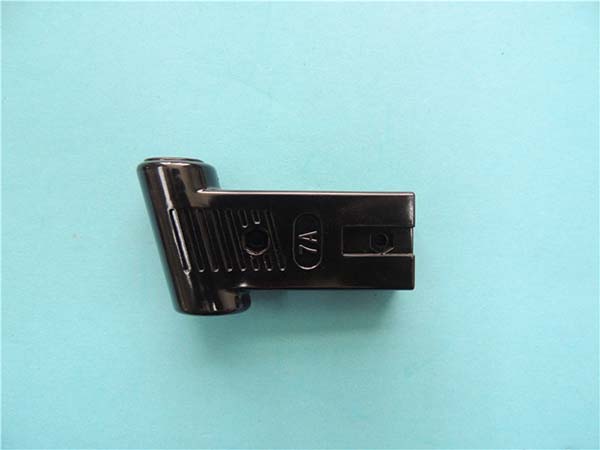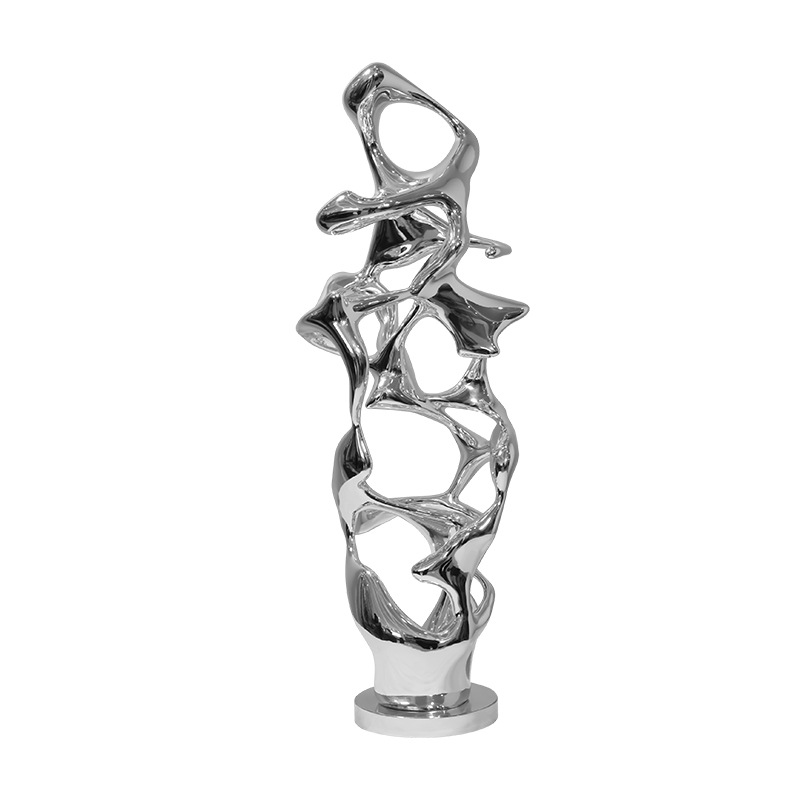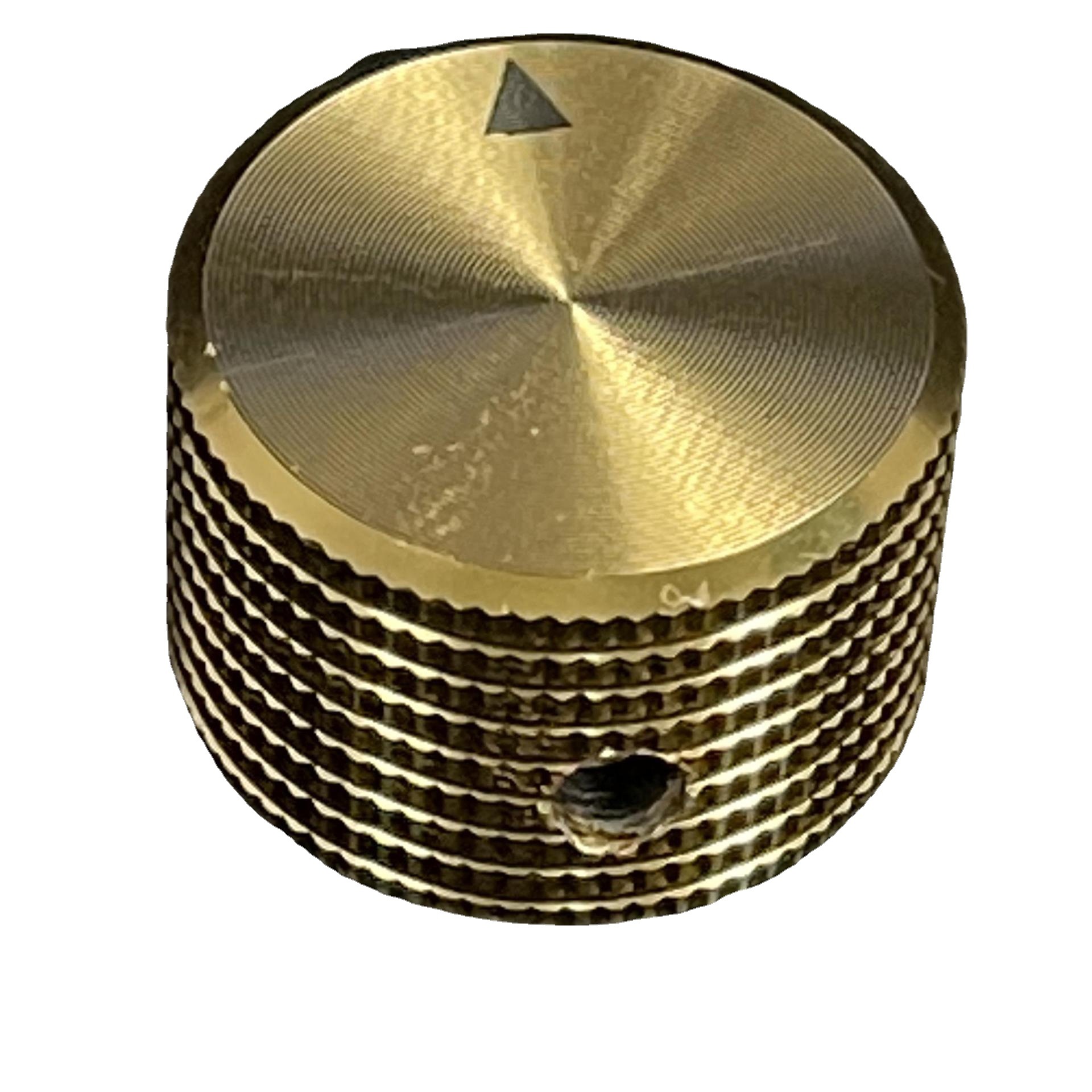You’ve invested in high-temp resin to create parts that can withstand the heat—engine components, industrial tooling, or electronics enclosures that face constant exposure to high temperatures. But your prints are failing when put to the test: the material softens at temperatures well below its advertised rating, warps after repeated heat cycles, or cracks when stressed at high temps. Maybe the surface becomes sticky or discolored, or the part loses its dimensional accuracy, no longer fitting into the assembly it was designed for.
High-temp resin, with its heat-resistant properties, is a critical material for parts that operate in hot environments. But its unique material properties—from its thermal stability to its curing behavior—demand a different approach than standard or flexible resin. Success requires understanding how its formulation delivers heat resistance, nailing the 3D printing process to avoid thermal weaknesses, and knowing how to test its performance and testing under real-world heat stress. In this guide, we’ll unlock the potential of 3D printing high-temp resin, helping you create parts that are both precise and genuinely heat-resistant.
Material Properties: The Science of Heat Resistance
High-temp resin stands apart from other photopolymers thanks to its specialized material properties, which enable it to retain strength and shape in high-heat environments while maintaining resin’s high detail:
- Thermal stability: At its core, high-temp resin delivers exceptional thermal stability, with a glass transition temperature (Tg) ranging from 150-250°C and a melting temperature (Tm) of 250-350°C (depending on the grade). This allows continuous use at temperatures of 120-200°C—far exceeding standard resin (40-60°C) and even tough resin (60-80°C). Its thermal conductivity is low, meaning it doesn’t transfer heat quickly, protecting nearby components from heat damage. This makes it ideal for parts like engine bay components or industrial oven fixtures.
- Mechanical strength at high temps: High-temp resin maintains mechanical strength even when hot. Its tensile strength at room temperature is 50-70 MPa, and it retains 60-80% of that strength at 150°C—critical for load-bearing capacity at high temperatures. Its flexural modulus (stiffness) remains stable, avoiding the softening that plagues standard resin. While its elongation at break is lower than flexible resin (5-20%), it’s sufficient to resist cracking under thermal stress, with good chemical resistance to oils, solvents, and coolants that often accompany high-heat environments.
- Formulation details: High-temp resin’s material composition includes heat-resistant oligomers (like epoxy acrylates or phenolics) and additives that resist thermal degradation. Its viscosity (1000-3000 cP) is higher than standard resin, requiring careful handling to avoid air bubbles, but its curing characteristics are similar—polymerizing under 385-405 nm UV light. However, its curing is more sensitive to under-exposure, which can create weak points that fail under heat, making precise exposure time critical.
3D Printing Process: Tuning for Heat Resistance
High-temp resin works with SLA, DLP, and material jetting printers, but the 3D printing process must be adjusted to maximize its thermal stability:
- Printer settings: Start with a layer thickness of 0.05-0.1 mm—thinner layers improve dimensional accuracy, which is critical for parts that must fit after thermal expansion. Exposure time is longer than standard resin (20-30 seconds per layer) to ensure full curing of its heat-resistant molecules. Under-curing leaves unreacted monomers that degrade at high temperatures, weakening the part. UV wavelength should match the resin’s specs (typically 405 nm) to ensure uniform polymerization—some high-temp resins require higher-intensity UV to cure fully.
- Platform and support: The build platform must be clean and level, with strong adhesion to prevent warping during curing. Use a heated build platform (60-80°C if available) to reduce internal stress, which can cause cracking during thermal cycling. Support structures need to be robust—thicker bases (0.5-1 mm) with dense spacing for parts with overhangs, as high-temp resin is stiffer and more prone to sagging during printing. Supports should be designed for easy removal but strong enough to hold the part’s weight without bending.
- Slicing and orientation: Slicing software compatibility is broad (Chitubox, PrusaSlicer work well), but enable “high-temp resin” profiles to adjust layer curing and support density. Print orientation matters: align the part’s primary stress direction with the layer lines (e.g., print a bracket vertically) to maximize strength at high temperatures. Infill density isn’t applicable (it prints solid), but surface finish optimization should prioritize even layers—rough surfaces can trap heat, causing localized degradation.
Applications: Where High-Temp Resin Excels
High-temp resin’s unique blend of heat resistance and detail makes it indispensable in these applications:
- Aerospace and automotive: Aerospace components like engine bay brackets, cable guides, and sensor housings rely on high-temp resin’s ability to withstand 150-200°C temperatures. In automotive, it’s used for automotive engine parts (gaskets, covers) that face under-hood heat, as well as prototypes for exhaust system components. Its low thermal conductivity protects nearby electronics from heat damage, a key advantage in tight engine compartments.
- Industrial and manufacturing: Industrial tooling such as mold inserts, fixture plates, and oven components benefit from high-temp resin’s thermal stability—withstanding repeated exposure to hot plastics or industrial ovens. Chemical processing equipment like valve handles or inspection ports use it for its combined heat and chemical resistance, surviving contact with hot oils or solvents. It’s also ideal for high-temperature prototypes, allowing engineers to test designs before investing in metal parts.
- Electronics and specialized uses: Electronics enclosures for LED lights, power supplies, or industrial controls use high-temp resin to dissipate heat without deforming. Food-grade applications (like custom baking molds) use food-safe high-temp resin, which withstands oven temperatures and is easy to clean. In medical devices, it’s used for sterilization trays or equipment covers that undergo high-temperature autoclaving, retaining their shape and strength after repeated cycles.
Performance and Testing: Validating Heat Resistance
High-temp resin’s performance and testing are critical to ensure it meets the demands of hot environments:
- Thermal testing: Beyond visual inspection, test heat resistance by exposing parts to their maximum intended temperature (e.g., 180°C for 100 hours) and checking for softening, warping, or discoloration. Measure thermal expansion by heating the part to operating temperature and recording dimensional changes—good high-temp resin should expand predictably (typically 0.01-0.03 mm per °C) without warping. Thermal cycling resistance is another key test: cycle the part between room temperature and operating temperature 100+ times to check for cracking or delamination.
- Mechanical testing at high temps: Test load-bearing capacity at high temperatures by placing a weighted load on the part while it’s heated to operating temperature—e.g., a bracket holding 5 kg at 150°C. It should show minimal deformation (less than 1% over 24 hours). Mechanical testing like tensile or flexural tests at high temperatures (using a heated test chamber) ensures the part retains strength when it matters most.
- Long-term performance: Track life-cycle performance by monitoring parts in real-world use—e.g., an electronics enclosure in a factory setting. Check for signs of thermal degradation, like brittleness or surface cracking, over weeks or months. Environmental resistance testing (exposure to humidity, dust, or chemicals while hot) ensures the part performs in its intended environment, not just in a lab.
Post-Processing: Enhancing Heat Resistance
High-temp resin’s post-processing requires care to preserve its thermal stability:
- Support removal and cleaning: Remove supports with sharp flush cutters to avoid damaging the part—high-temp resin is stiffer than flexible resin and more prone to cracking if twisted. Sand support nubs with 400-800 grit sandpaper, using light pressure to avoid creating stress points that fail under heat. Clean parts in IPA for 10-15 minutes to remove uncured resin, which can degrade at high temperatures and contaminate the part.
- Post-curing: UV post-curing is critical for high-temp resin—extend it longer than standard resin (30-60 minutes) in a heated curing station (60-80°C). This step completes polymerization, maximizing thermal stability and reducing the risk of post-printing shrinkage when exposed to heat. Some grades benefit from an additional thermal post-treatment: baking the part at 120-150°C for 2-4 hours to drive off residual solvents and further stabilize the material.
- Finishing touches: Painting high-temp resin is possible but requires heat-resistant paints (like silicone-based or ceramic paints) that can withstand the part’s operating temperature. Avoid standard acrylics, which will peel or burn. Coating with a clear heat-resistant sealant (like high-temp epoxy) can improve chemical resistance and reduce surface degradation. Assembly with high-temp adhesives (like epoxy designed for 200°C+) ensures joints remain strong when heated.
Yigu Technology’s Perspective: Heat Resistance with Precision
At Yigu Technology, high-temp resin is our go-to for parts that operate in hot environments. We’ve found it transformative for aerospace components and industrial tooling, where thermal stability and precision are equally critical. Our team optimizes print parameters—longer exposure times, heated post-curing—to maximize thermal stability, and we test every batch for glass transition temperature (Tg) and long-term thermal performance using thermal analysis tools like TGA and DSC. Whether it’s a custom automotive engine part or a high-temperature prototype, we ensure the final part meets or exceeds its thermal requirements. High-temp resin isn’t just about withstanding heat—it’s about predictable, reliable performance in hot environments, and our expertise ensures that every print delivers.
Frequently Asked Questions (FAQ)
- Why does my high-temp resin print soften at lower temperatures than advertised?
This is often due to under-curing. Increase layer exposure time by 10-20% (e.g., from 25s to 30s) and extend UV post-curing by 15-30 minutes in a heated station. Also, ensure the resin isn’t expired—heat-resistant additives degrade over time, reducing thermal stability. For critical parts, test a sample’s Tg using a thermal analysis tool to verify its rating.
- How does high-temp resin compare to PEEK in heat resistance?
High-temp resin offers better detail and lower cost than PEEK but has lower melting temperature (Tm) (350°C vs. PEEK’s 343°C—similar, but PEEK retains strength at higher continuous temps). PEEK handles 260°C continuously, while high-temp resin tops out at 200°C. Use high-temp resin for detailed, lower-cost parts; PEEK for extreme heat or load-bearing applications.
- Can high-temp resin parts be used in contact with food?
Only if the resin is certified food-grade. Look for resins compliant with FDA 21 CFR 177.2600 or EU 10/2011 standards, which ensure they’re safe for food contact. Even then, limit use to temperatures below 200°C (avoid direct flame) and clean parts thoroughly after use—food-grade high-temp resin resists staining and is easy to sanitize.
